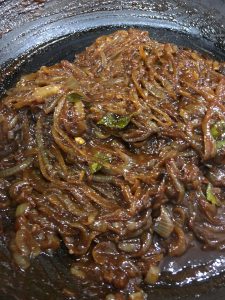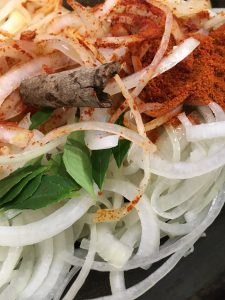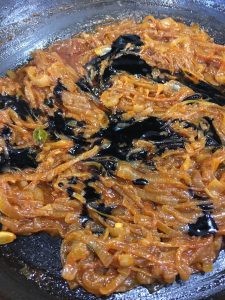This relish grew out of a need to use the last of my pickling cucumbers from the garden (we’d already pickled so many!), and a recipe from Jehan at Island Smile (https://www.islandsmile.org).
Their original recipe was a simple quick pickle, and you could certainly do just that, for a fresh note on your rice and curry plate or in your sandwich; it reminds me of the quick pickles you find in Japanese and Vietnamese cuisine, retaining a little toothsome bite.
If you’d like, though, you can add an extra step, tempering some mustard and fennel seeds to add a seasoned complex note to the dish. Tempering spices in hot oil is a classic South Asian technique, and I really love what it does for these pickled veggies.
We had this relish with grilled pork chops (rubbed with Sri Lankan curry powder, salt, and oil) for our dinner last night. I kept eating carrot and cucumber slices straight out of the bowl while waiting for the pork to finish cooking. Yum.
1 medium onion (red or yellow), sliced fine
1. OPTIONAL: Heat oil in a small frying pan, add mustard seeds, cook until seeds begin to pop, releasing mustard scent. Turn off heat and stir in fennel seeds, frying for another 30 seconds or so. Let cool.
2. In a large bowl, combine sugar, vinegar, chili, and salt.
3. Add chopped veggies and mix (easiest to do with your clean hands.
4. If using tempered spice oil, pour into bowl and mix well.
5. Let sit 10 minutes or so, then enjoy!
NOTE: Will keep for about a week in the refrigerator.
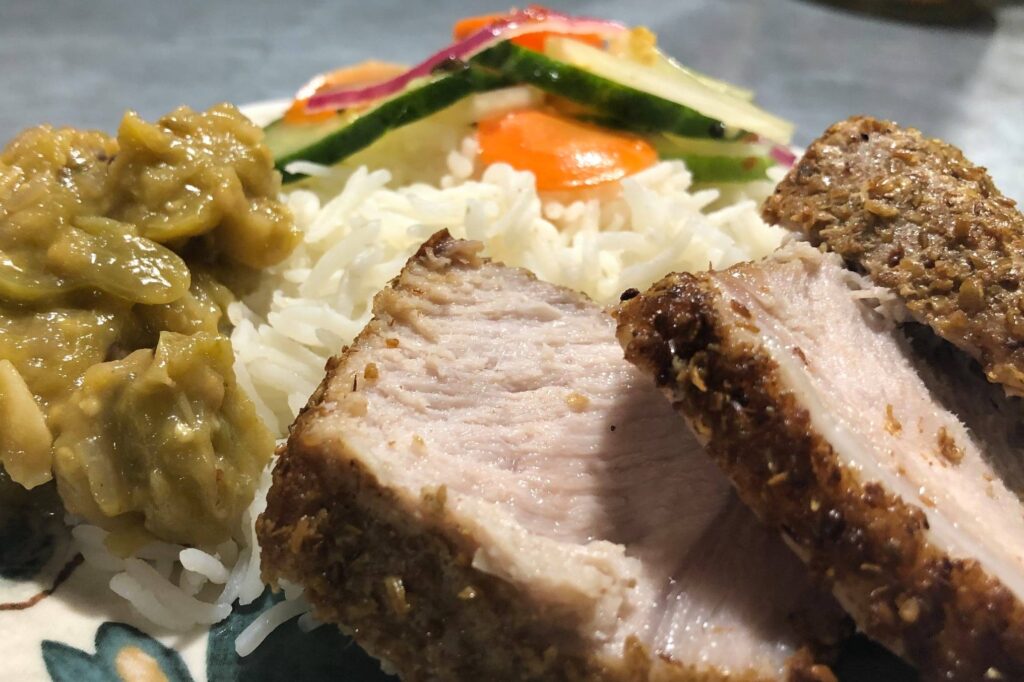
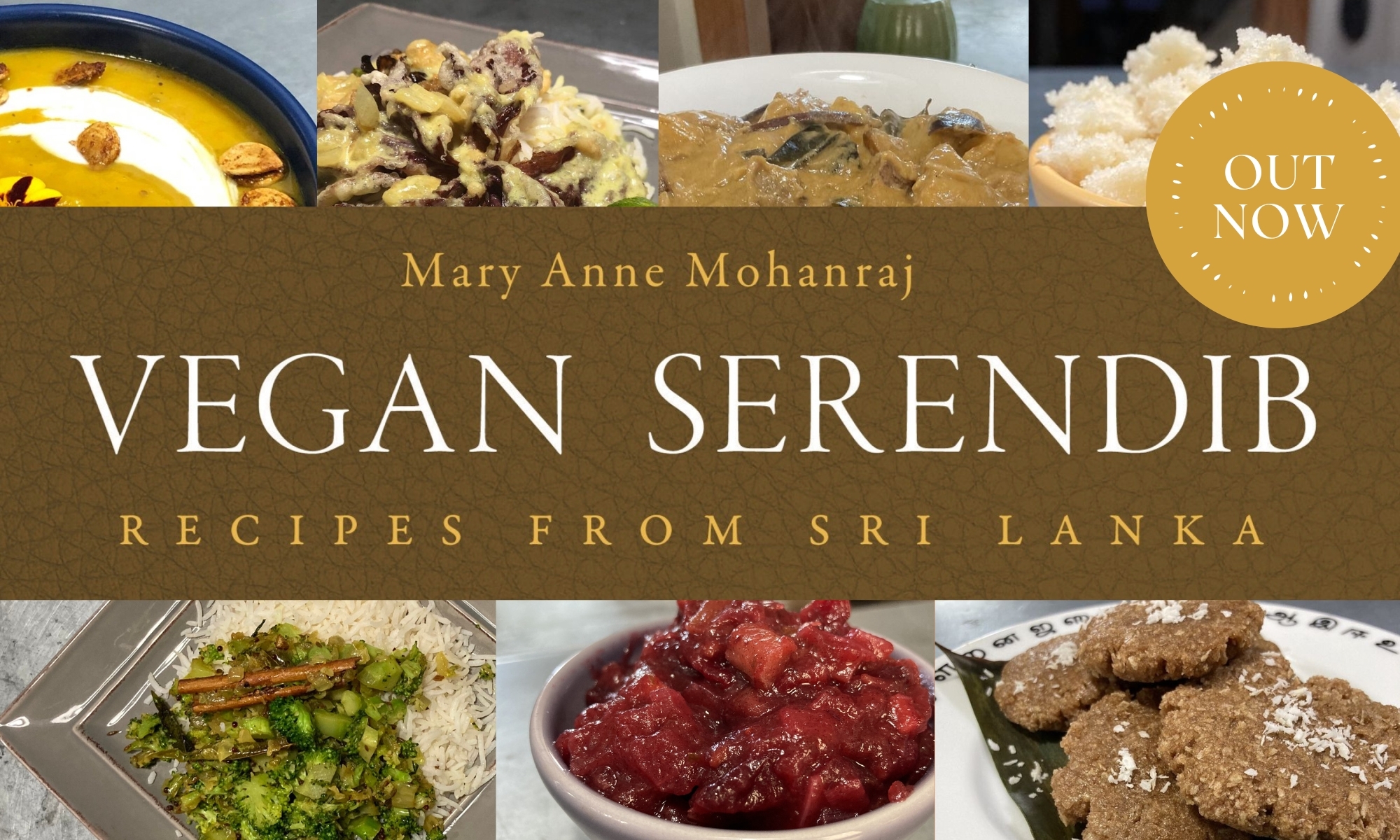
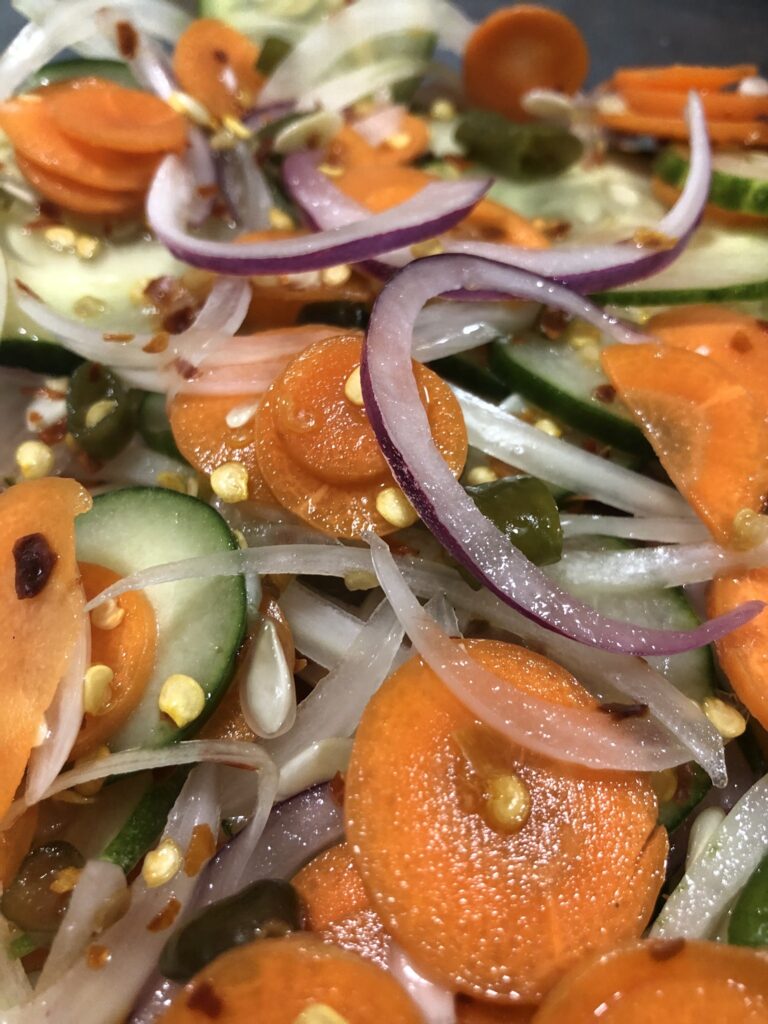
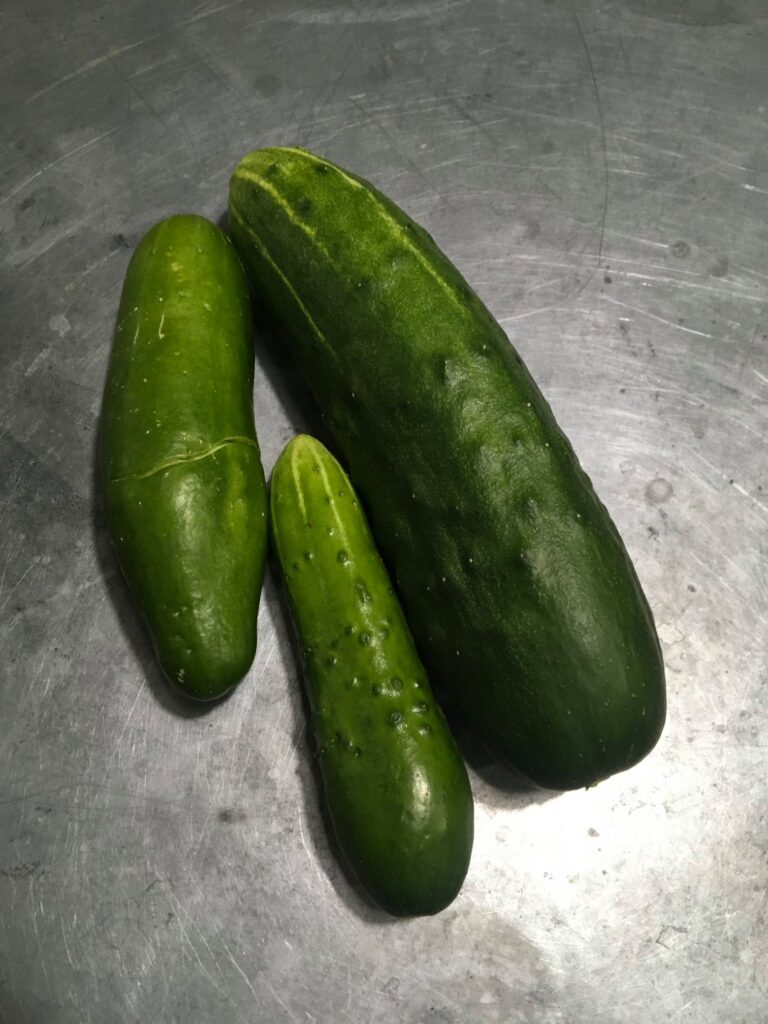



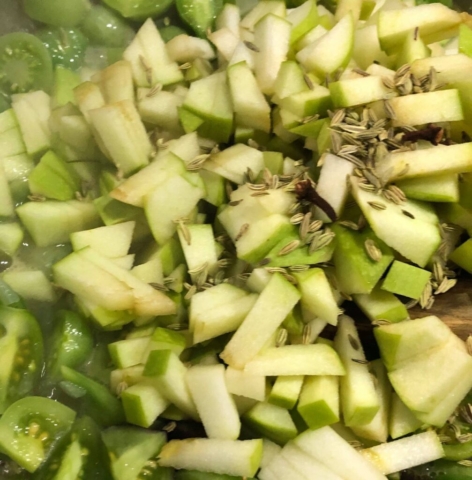
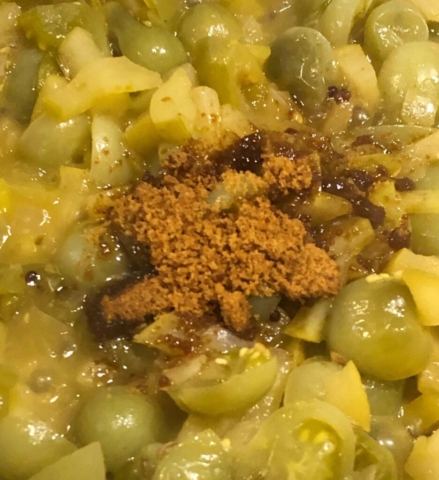
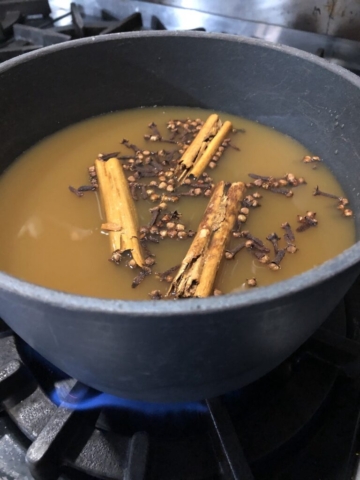




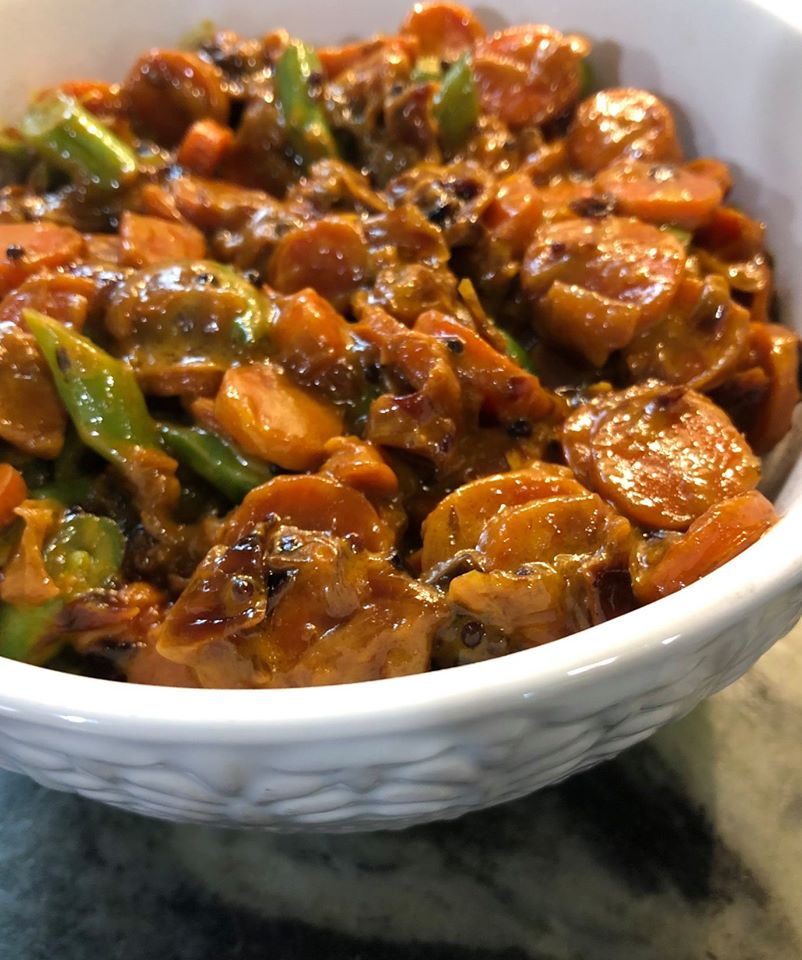



 (10 minutes, serves 8)
(10 minutes, serves 8)

